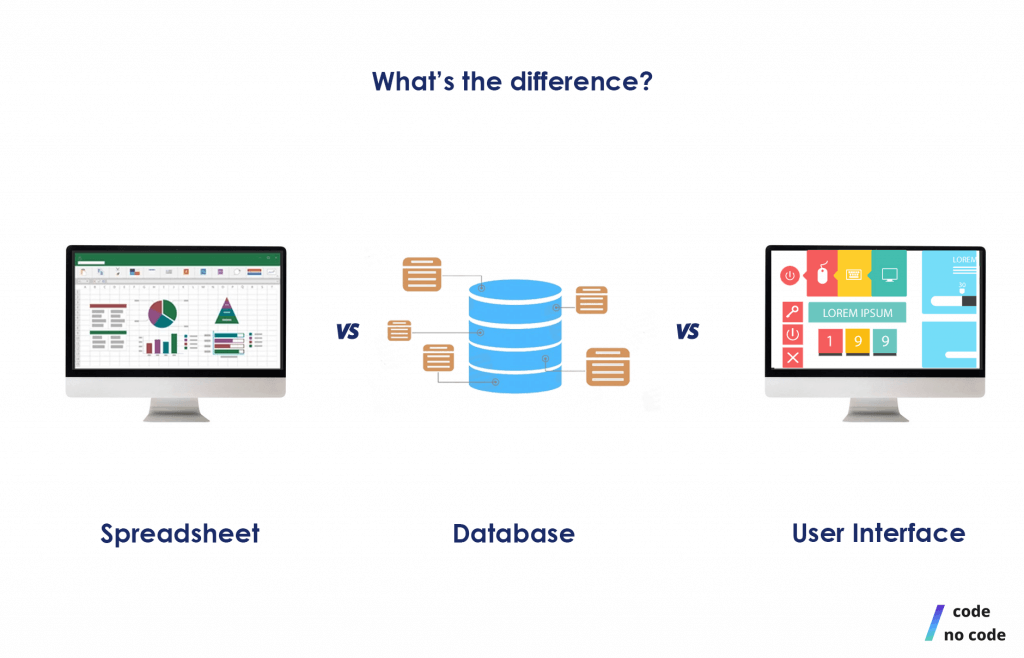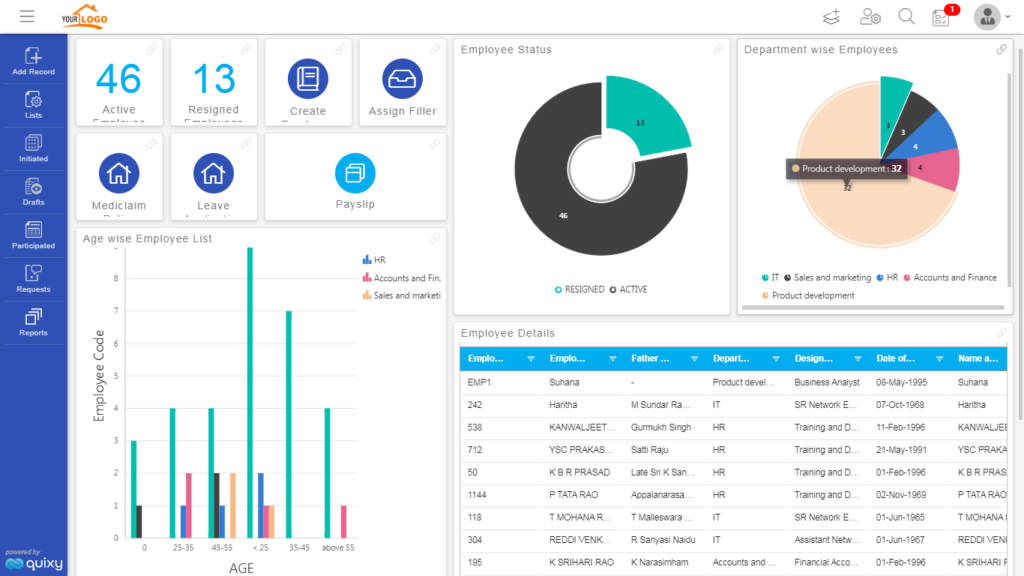Produce Open System Databases Easily with the most effective No-Code Equipment Available
Produce Open System Databases Easily with the most effective No-Code Equipment Available
Blog Article
Exploring the Benefits of Scalable Databases That Require No Coding Abilities for Effective Data Monitoring Solutions
The emergence of scalable databases that get rid of the requirement for coding abilities offers a transformative opportunity for organizations seeking effective information monitoring remedies. As we consider the implications of such improvements, it comes to be vital to examine how they can reshape the landscape of data administration and drive sustainable growth in an affordable setting.
Boosted Ease Of Access for Customers
Enhanced accessibility for users is an important element of scalable data sources, making sure that information administration systems are user-friendly and intuitive. In an era where data-driven decisions are critical, availability permits a bigger series of customers, consisting of those without considerable technological experience, to involve with database systems efficiently. This democratization of data access facilitates improved cooperation throughout departments, encouraging workers to make and extract understandings informed choices.
Straightforward user interfaces, such as drag-and-drop attributes and aesthetic information depiction, streamline complicated data communications. These enhancements reduce the understanding contour related to traditional database administration, enabling customers to focus on leveraging information as opposed to facing technical complexities. Scalable databases usually incorporate customizable control panels and real-time analytics, supplying users with instant understandings customized to their particular demands.

Cost-Effectiveness and Source Cost Savings
Effective information administration not just depends upon availability but additionally on cost-effectiveness and source cost savings. Scalable databases designed for customers with no coding abilities considerably decrease financial problems usually associated with standard database monitoring systems. By eliminating the demand for specialized programs know-how, organizations can assign their resources more effectively, concentrating funds on core company tasks instead of extensive training or working with competent personnel.
Additionally, these data sources typically make use of cloud-based services, which better lower costs connected to equipment and upkeep. Organizations can scale their database services according to their demands, avoiding the expenses sustained from over-provisioning sources. This flexibility implies organizations can adjust to changing demands without sustaining unneeded costs, causing substantial long-lasting savings.
Additionally, easy to use user interfaces simplify data entry and administration procedures, lowering the time spent on management jobs. This performance translates into labor cost savings, enabling groups to concentrate on strategic initiatives instead of regular maintenance. Generally, embracing scalable data sources that call for no coding abilities cultivates an extra affordable method to information management, allowing companies to optimize their sources while keeping high degrees of operational efficiency.
Improved Collaboration Across Teams

Moreover, scalable databases assist in smooth interaction among team participants. With straightforward user interfaces that require no coding skills, workers can quickly create, customize, and share records or control panels customized to their specific requirements. This democratization of information encourages non-technical users to contribute insights, improving the joint setting.
In addition, these data sources sustain simultaneous accessibility, allowing multiple users to deal with the exact same dataset simultaneously. This feature improves efficiency, as groups can participate in joint data analysis without the risk of version control issues. The ability to leave notes or comments directly within the data source further promotes dialogue and clarifies data interpretations.
Streamlined Data Administration Processes
In today's data-driven atmosphere, organizations recognize the necessity of structured information monitoring refines to take full advantage of effectiveness and accuracy. By leveraging scalable databases that require no coding abilities, services can simplify their data handling and reduce the intricacies typically linked with standard database systems. This ease of access empowers non-technical customers to involve directly with information, promoting quicker decision-making and reducing dependence on specialized IT workers.
Structured data monitoring processes enhance operations by automating routine tasks such as information entry, validation, and reporting. Automated information combination guarantees that details from different sources is accumulated seamlessly, removing silos and promoting an unified sight of vital business metrics (no-code). Easy to use interfaces permit personnel to control information easily, allowing them to generate insights that drive strategic efforts without the demand for substantial training.
This efficiency not just accelerates functional processes yet also lessens the possibility for human error, ensuring that data remains trusted and precise. Inevitably, streamlined information management procedures via scalable data sources lead to improved performance, permitting organizations to focus on core tasks while making certain that their data administration techniques are effective and reliable.
Scalability for Growing Organizations

For broadening enterprises, the ability to scale up or down is essential. A scalable database can take care of an increase of information produced from new consumers, items, or services, guaranteeing that company operations remain uninterrupted. In addition, these data sources give the ability to handle peak loads successfully, which is necessary during periods of quick growth or seasonal spikes.
In addition, lots of scalable database remedies are created with user-friendly user interfaces that need no coding abilities, equipping non-technical team to handle information efficiently (no-code). This democratization of information monitoring enables organizations to designate resources tactically and minimize dependency on specialized IT employees
Ultimately, taking on a scalable database not just improves functional efficiency yet also promotes a setting where companies can introduce and develop without the restrictions of traditional database systems. This flexibility positions companies for long-term success in today's competitive landscape.
Verdict
To conclude, scalable databases that call for no coding skills supply significant advantages for effective information management. These systems improve access for non-technical users, decrease functional prices, and promote collaboration throughout groups. By streamlining data management processes and using scalability for expanding organizations, such solutions allow companies to adjust to changing needs effectively. Eventually, the fostering of these straightforward databases promotes advancement and placements companies for long-lasting success in a dynamic environment.
Enhanced ease of access for users is an essential facet of scalable data sources, making sure that information administration systems are user-friendly and easy to use.Easy to use interfaces, such as visual information and drag-and-drop features depiction, simplify complex like this information communications. In general, adopting scalable data sources that require no coding skills promotes a much more affordable approach to information management, making it possible for companies to maximize their sources while preserving high levels of functional efficiency.
By leveraging scalable data sources that need no coding skills, organizations can go now streamline their data handling and minimize the complexities generally associated with typical database systems - no-code.Structured data monitoring processes boost process by automating regular tasks such as information entry, recognition, and reporting
Report this page